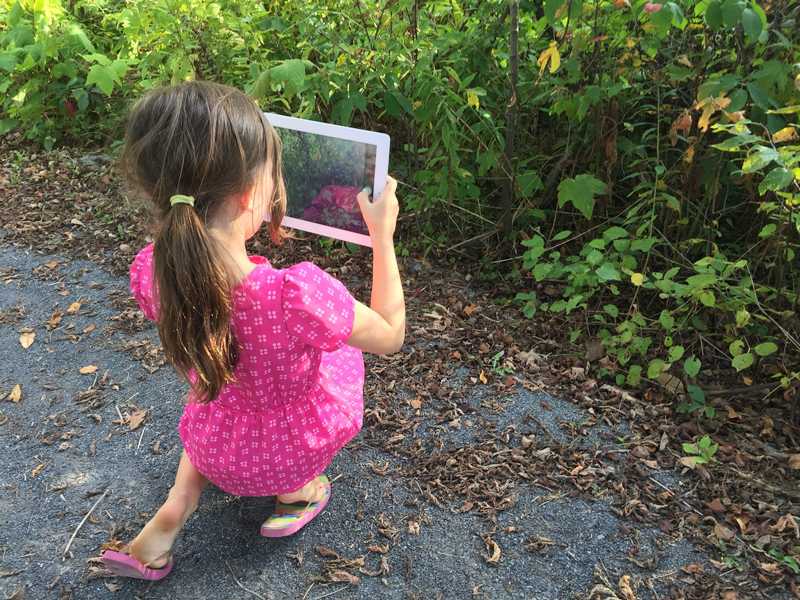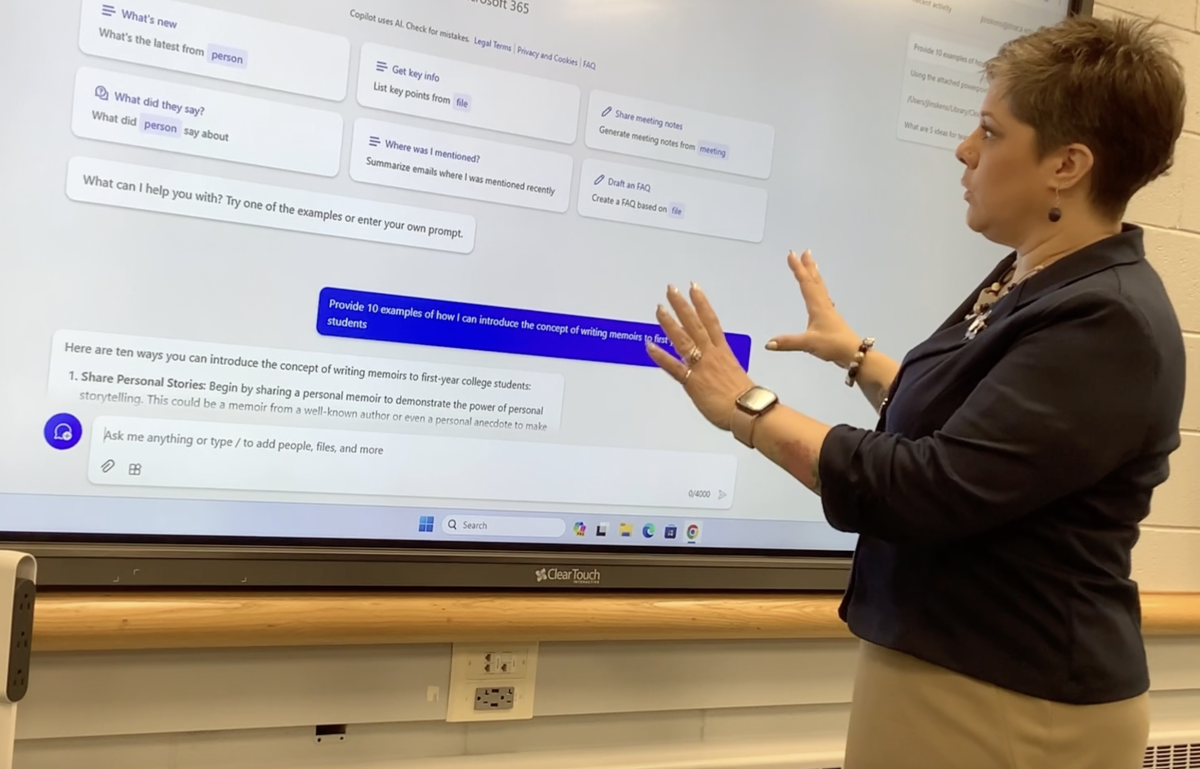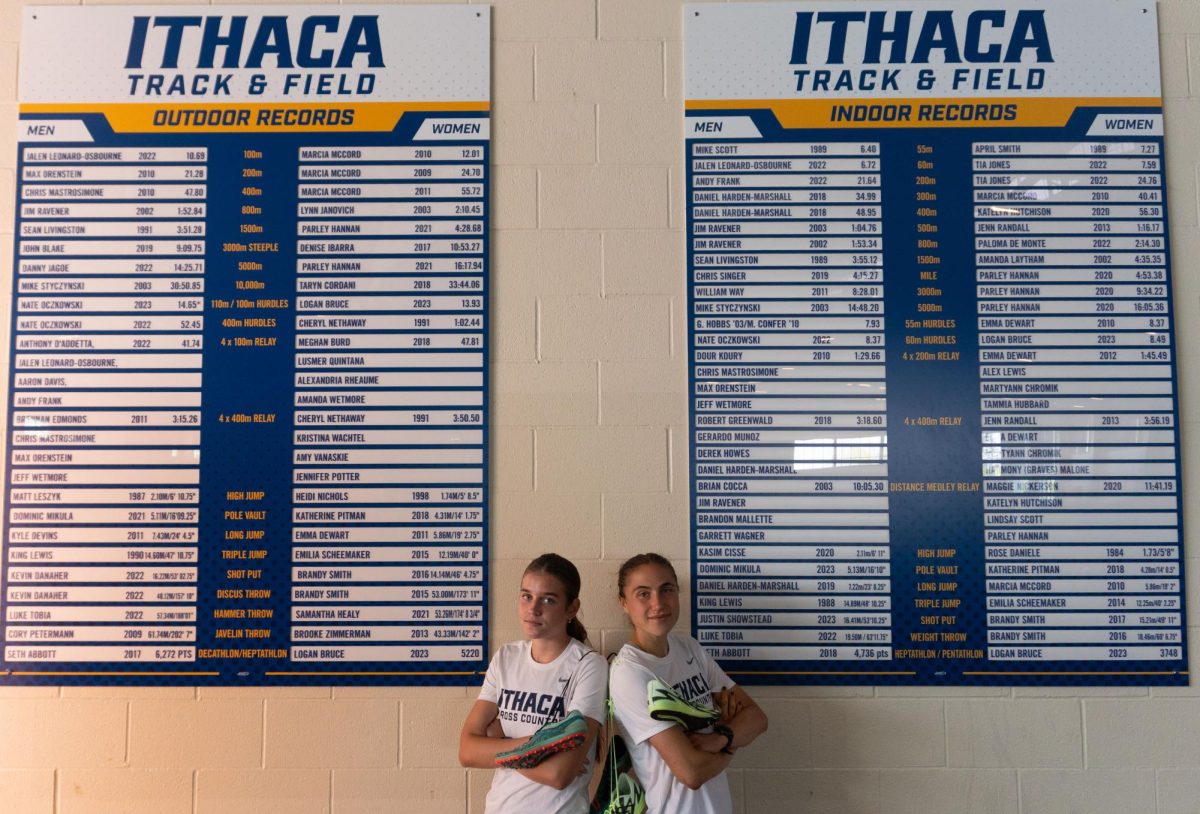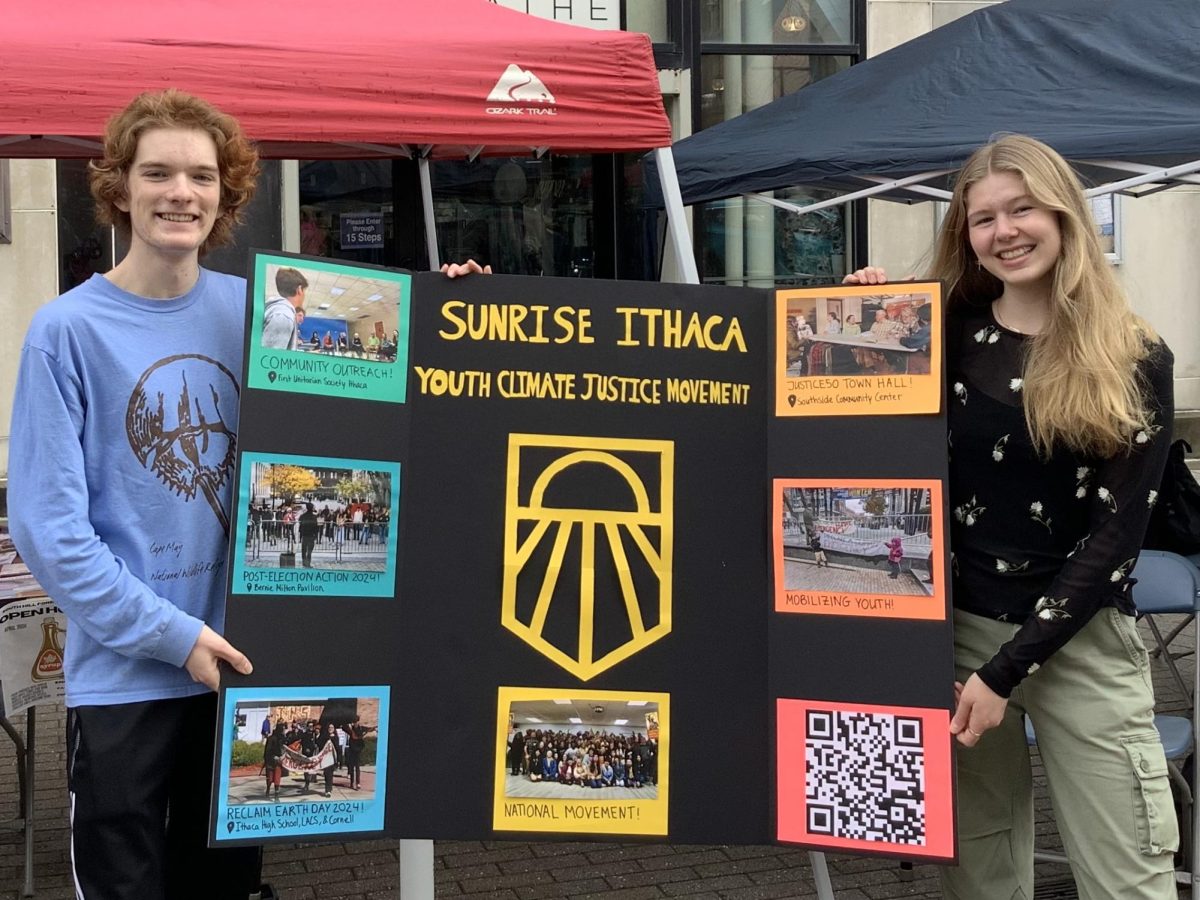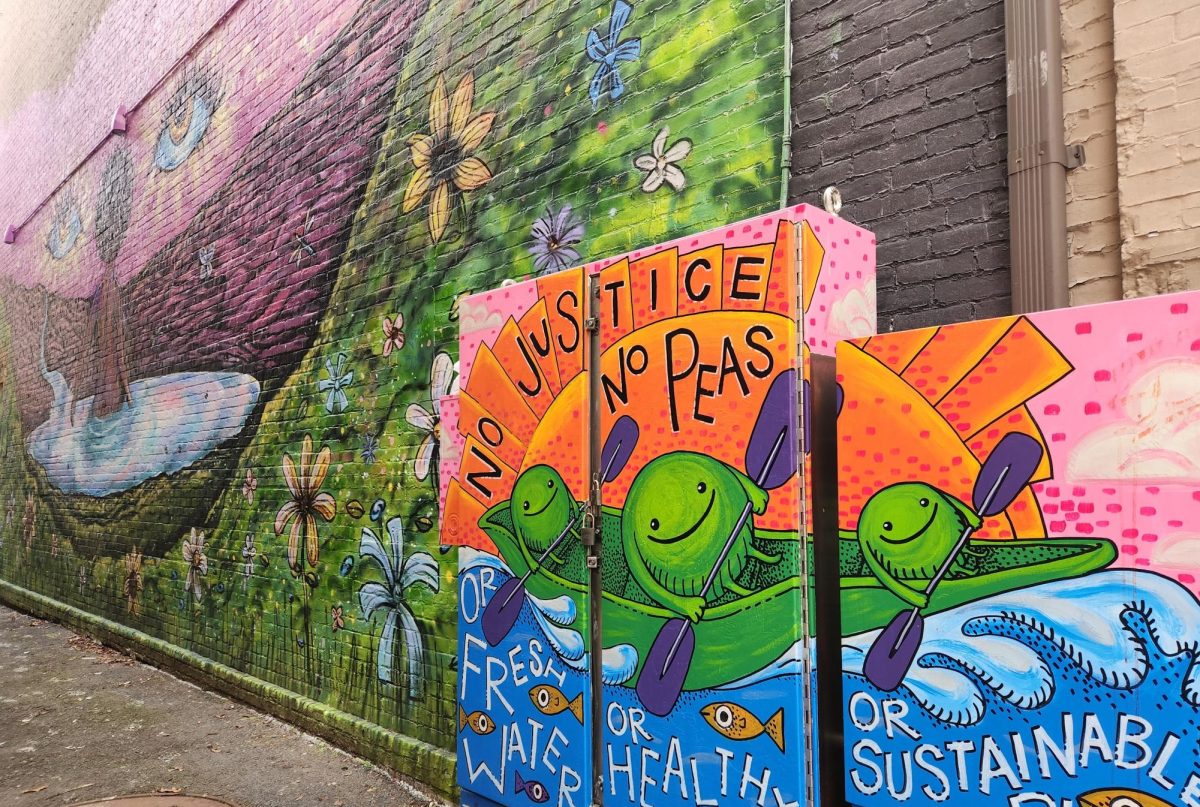The 2015-2016 school year has officially kicked off the Ithaca City School District’s 1:1 initiative that provides fourth through 12th grade students with Chromebooks and kindergarten through third grade students with iPads.
The official announcement came in December 2014. The district said this move is a redistribution of technology. It leaves higher grade levels with Chromebooks and younger grade levels with iPads, relocated from the middle and high schools.
“This [iPad Initiative] is not a true 1:1 but was seen as a practical, cost-effective and educationally sound transition,” ICSD Director of Technology Dominick Lisi said.
At Caroline Elementary School, students have used iPads for the past few years. The school’s principal, Mary Grover, said the use of this technology is part of a greater trend that redefines a student’s purpose in the classroom.
“When we started incorporating technology in the classroom it wasn’t a 1:1 initiative,” Grover said. “It was more so an educational shift.”
Grover said a 1:1 initiative is often paired with the image of children walking around with iPads strapped to their chests. However, she said that is not the intent at Caroline Elementary Teachers at all schools in the district receive training on how to effectively and responsibly use these devices in their classrooms.
Aileen Grainger, a first grade teacher at Caroline, said she keeps a specific purpose in mind when using technology with her students.
“We have to make sure that the things we are doing with the device is educationally sound to be using such technology,” Grainger said. “It challenges us as teachers to think in more creative ways of what we want our students to learn from the iPad.”
Lindsay Groat has two children that attend Caroline Elementary. Both of her kids currently use the iPads multiple times a week. She said she enjoys what the devices have to offer, but also likes that her children are not on the iPads the entire day.
“There’s teacher instructional time, and there’s a time and a place where they’re using it,” Groat said. “It is always something that makes sense and adds value.”
Groat’s daughter, Charlotte, is in second grade. This is her third year using an iPad in class. In the past, she has done projects on the outdoor classrooms and used the device to access applications to help with reading. She said she feels the iPads still let her engage with her peers, but also give her the ability to work independently at a pace that best compliments her learning style.
“I like it because you can be in control of what you get to do,” Charlotte said. “The iPad doesn’t get to decide, you get to decide.”
Lisi said the iPads offer applications and interfaces that are engaging and academically relevant to the K through third grade level students.
“It’s clear from our research that the trend is to provide students with devices that facilitate 21st century learning skills such as, communication, collaboration, creativity and critical thinking,” Lisi said.
Grover said she trusts that this instructional shift will contribute toward the students’ well-roundedness as learners.
“If we can use technology to leverage them into learning, then we have successfully done our job as progressive educators,” Grover said.

